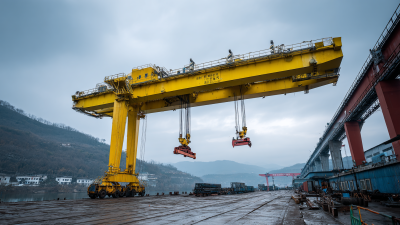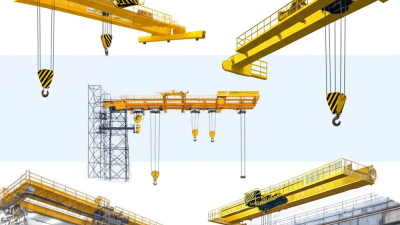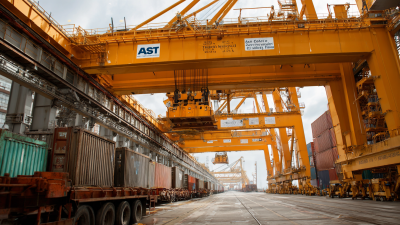Inquiry
Form loading...
-
Phone
-
Wechat

-
Whatsapp

Gantry cranes play a crucial role in various industries, particularly in material handling, automotive, shipping, and construction sectors. According to the latest market analysis by Research and Markets, the global gantry crane market is projected to reach USD 5.1 billion by 2026, reflecting the growing demand for efficient load handling solutions. As industries continue to evolve, the necessity for tailored gantry crane systems that meet specific load capacity requirements has become increasingly important. Selecting the right gantry crane involves understanding the unique challenges and load specifications of each industry. A proper alignment between the crane's capabilities and the operational demands not only enhances productivity but also ensures safety and compliance with industry standards. This guide will delve into key considerations for selecting the appropriate gantry crane tailored to your needs, enabling better decision-making and optimized workflow in your operations.

When selecting a gantry crane, understanding load capacity is crucial for ensuring that it meets the specific requirements of your industry. The load capacity of a gantry crane is influenced by various factors, including technological innovation, natural resource availability, and clean energy considerations. For instance, advancements in design can significantly increase the load capacity of equipment, enhancing both energy efficiency and operational competitiveness. Industries must consider these technological enhancements to optimize their operations while also aligning with sustainable practices.
In addition to technological factors, evaluating the load capacity factor is essential. This involves analyzing elements such as workforce capabilities, trade openness, and regional resource rent dynamics. By assessing these determinants, industries can make informed decisions regarding the appropriate gantry crane that not only meets their immediate load capacity needs but also supports long-term sustainability goals. Understanding the interplay between these factors will ensure that the chosen crane supports efficient operations within the context of both economic and environmental considerations.
When choosing a gantry crane, it’s essential to understand the various types and their respective load capacities to ensure it meets your industry’s requirements. Gantry cranes come in several configurations, including full gantry cranes, semi-gantry cranes, and adjustable gantry cranes. Each type caters to different operational environments and load capabilities, ranging from light-duty tasks up to heavy industrial applications. For instance, full gantry cranes are more suitable for tasks involving heavy loads, while semi-gantry cranes are ideal for spaces with height restrictions.
**Tips:** Always assess the specific load requirements of your operation before selecting a crane type. Consider the dimensions of your workspace, as this may influence the choice between a standard or adjustable gantry crane. Additionally, factor in the frequency of use; a more robust model might be necessary for constant heavy-duty operations. Understanding these parameters will help you choose the right equipment that not only fulfills load capacity needs but also enhances operational efficiency.
This bar chart illustrates the load capacities of various types of gantry cranes commonly used in different industries. Understanding these capacities helps in selecting the right gantry crane based on specific load requirements.
When selecting a gantry crane, understanding industry-specific load requirements is crucial. Different industries, such as construction, manufacturing, and shipping, have unique demands based on the type of materials being handled and the workflows involved. For instance, a construction site may require a crane with a higher load capacity to lift heavy building materials, while a manufacturing facility might focus on precise movements for lighter components. It's essential to assess the maximum and typical loads that the crane will be expected to handle regularly.
Tips: Before making a choice, gather detailed specifications of the materials you will be lifting, including their weight and dimensions. This information will help narrow down the options significantly. Additionally, consider future growth; selecting a crane with a slightly higher load capacity than currently needed can accommodate unforeseen changes in project demands.
Another critical aspect is the operational environment. Factors such as height restrictions, ground conditions, and nearby obstructions can influence the crane's design and load capacity. A thorough evaluation of the site conditions will ensure that you choose a gantry crane that not only meets current requirements but is also adaptable to future needs. Tips: Conduct regular assessments of your workspace and consult with industry experts for insights on how specific environmental factors can affect load capacity and crane performance.
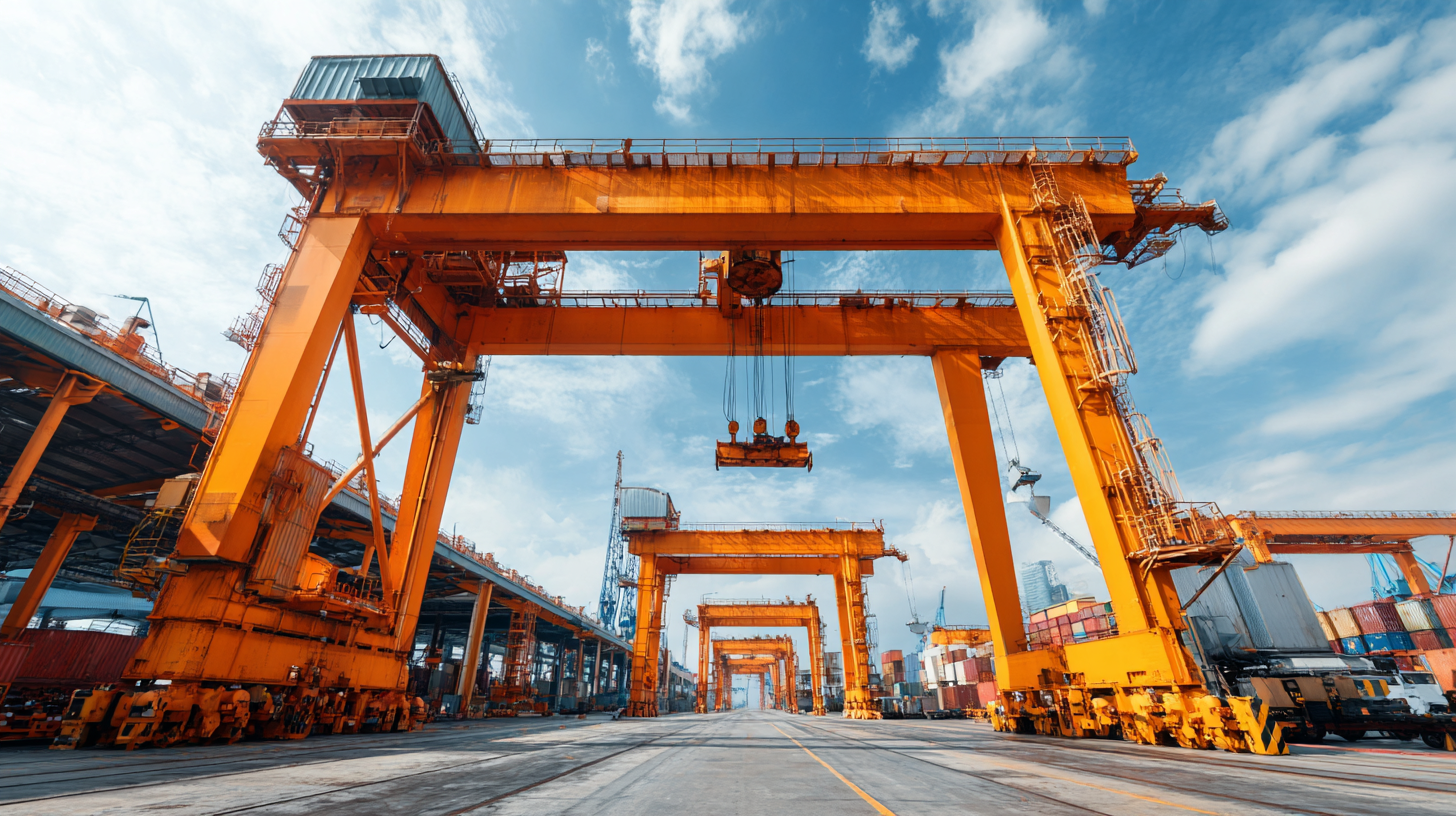
When selecting the right gantry crane, understanding material considerations is paramount for achieving optimal performance under varying load capacities. A crucial component in crane operations is the crane hook, which must be designed to withstand significant strain while maintaining lightweight characteristics. Recent studies have utilized finite element methods to optimize the cross-section of crane hooks, revealing that a well-optimized hook can significantly reduce stress, enhancing safety and functionality. Reports show that optimizing crane hook designs can reduce material usage by up to 20% without compromising load capacity, aligning with industry trends towards more efficient manufacturing processes.
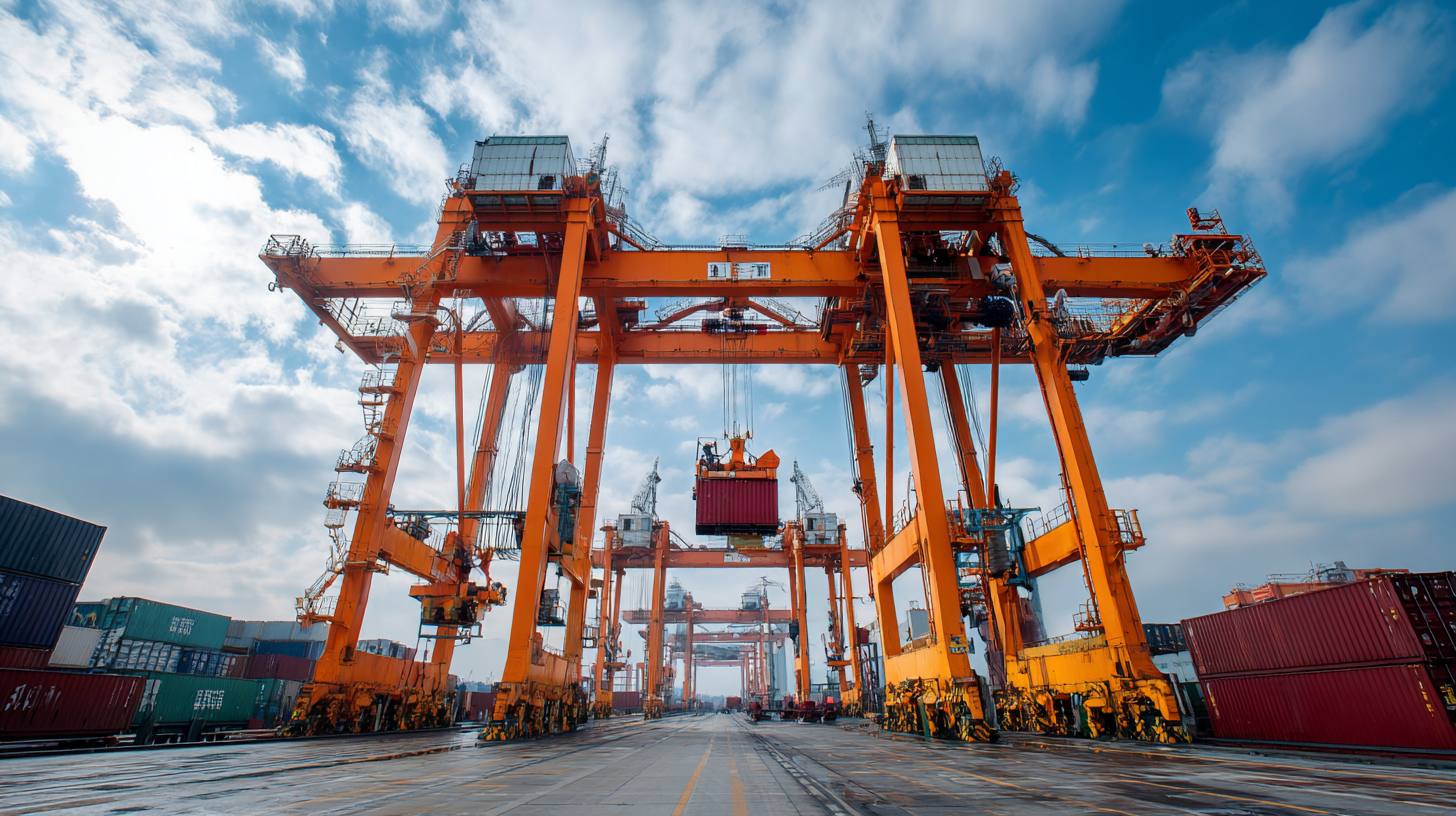
Moreover, the advent of multi-material additive manufacturing has opened new avenues for crane hook design, encouraging the use of advanced cellular metamaterials. These materials, inspired by natural structures, provide exceptional strength-to-weight ratios, allowing for innovative designs that were previously unattainable with traditional single-material approaches. Research indicates that integrating materials that combine metals and polymers can improve overall performance while catering to specific load requirements. As materials science continues to evolve, incorporating artificial intelligence techniques in construction material development promises not only enhancements in performance but also adaptations tailored to specific industry needs, ensuring that cranes can meet the demands of diverse applications efficiently.
When selecting a gantry crane for specific industrial applications, one of the most critical aspects to consider is safety standards and compliance. According to the American National Standards Institute (ANSI) and the Occupational Safety and Health Administration (OSHA), cranes must meet stringent guidelines to ensure both operator and workplace safety. For instance, the ANSI B30.2 standard outlines the design, construction, and maintenance of overhead and gantry cranes, emphasizing the importance of regular inspections and adherence to load capacity ratings to prevent accidents.
Tips for ensuring compliance include staying updated on local regulations and performing regular safety audits. Additionally, selecting cranes that come with certifications from recognized bodies, such as the Crane Manufacturers Association of America (CMAA), can help ensure that the equipment meets or exceeds safety requirements.
Another vital component is choosing cranes with advanced safety features, such as overload protection systems and emergency stop functions, which can significantly reduce the risk of malfunctions. According to a report by the National Safety Council, investing in quality equipment can lower the incidence of workplace injuries by up to 25%. Prioritizing safety in your gantry crane selection not only fosters a secure work environment but also enhances operational efficiency.
